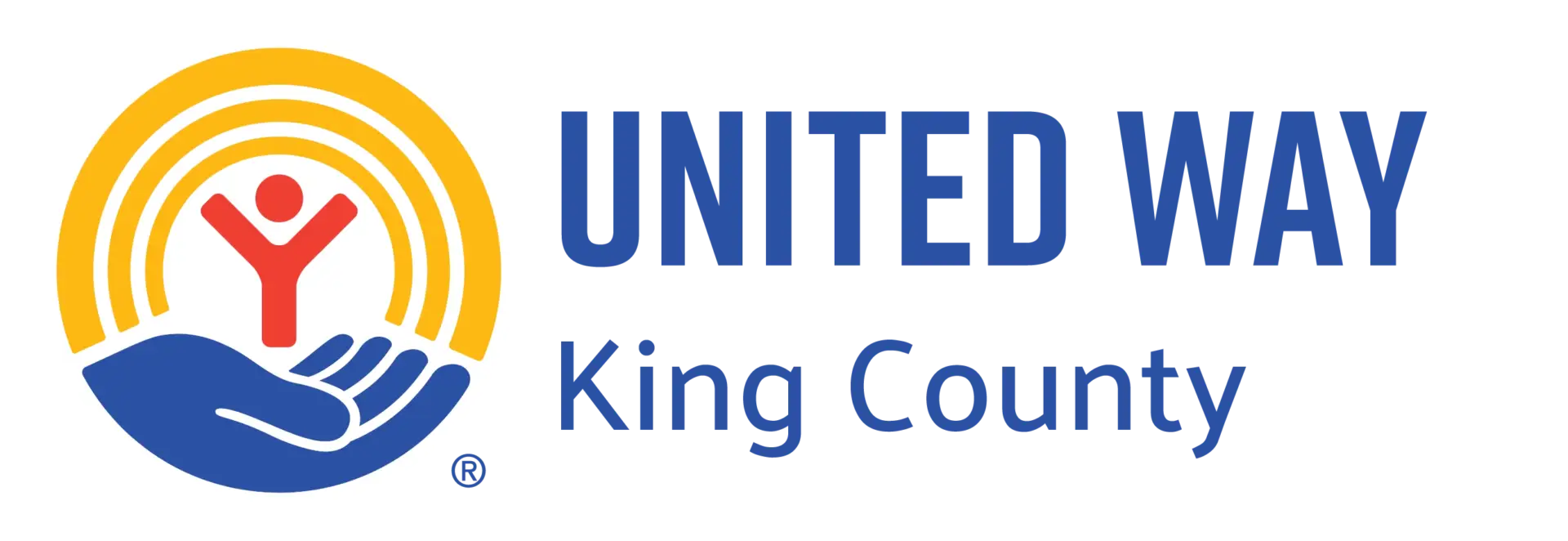New Report Shows Connection Between Academic Success and High Rates of Participation in School Breakfast Programs
Research reveals improved outcomes in disciplinary incidents, attendance records and test performance
SEATTLE ‐ A new report commissioned by United Way of King County shows the strong connection in low‐income schools between academic success and a high percentage of students participating in breakfast programs. Written by Washington Appleseed and funded in partnership with United Way of King County, the Food Research and Action Center and a grant from the Walmart Foundation, the report’s local findings are consistent with national studies.
In Washington schools with high rates of breakfast participation, students eligible for free and reduced‐ priced meals missed 40% fewer school days, had an average of 17.7% fewer incidents of exclusionary discipline per capita and 3.75% more students meeting reading standards than schools with low participation.
“One of every four kids in Washington State is coping with hunger,” said Lauren McGowan Associate Director of Ending Homelessness at United Way of King County. “Washington State is falling behind in meeting the hunger needs of school‐aged children, and this study suggests options for how schools can implement new models of breakfast that will allow more kids to participate. If we want to improve our schools, we should make sure we don’t have hungry students.”
Unlike lunch programs, which are a seamless part of the day in most schools, traditional breakfast programs are often less accessible because they take place before the start of the school day. This fundamental difference creates unique barriers and challenges for students to participate in breakfast including stigma, busing and transportation schedules, competition with other school activities such as recess, and even a student’s age.
United Way of King County and its partners are using the findings of the report to propose changes in the way schools provide breakfast and offer alternative ‘Breakfast after the Bell’ methods shown to increase participation, reduce costs and ultimately have more healthy and successful students.
There are a variety of ‘Breakfast after the Bell’ models, including:
- Grab and Go Breakfast: Serving carts located in easily accessible locations such as the cafeteria or near the school entrance provide a quick and nutritious meal for students to eat on the way to, or during the beginning of class.
- Breakfast after 1st Period: Served in the cafeteria or from carts or tables at a central location in the school, Breakfast after 1st period is ideal for secondary students.
- Breakfast in the Classroom: Many schools that have implemented Breakfast in the Classroom deliver pre‐packaged food items to the class before the bell rings. Students eat at their desks in 10 to 12 minutes during attendance and announcements or while the teacher outlines the days lesson plan.
Flexible funding options are available to pay for these alternative ‘Breakfast after the Bell’ models, including a new Federal initiative called Community Eligibility. Community Eligibility is available for schools with high percentages of low‐income children to provide free breakfast and lunch to all students. In exchange for providing meals at no charge to students, Community Eligibility provides a flat‐rate Federal reimbursement locked in for a four‐year period. It greatly relieves the schools from the administrative load of collecting paper applications for reimbursement. Leveraging the Federal Community Eligibility option can eliminate barriers and make it cost‐effective for high poverty schools to implement ‘Breakfast after the Bell’ models. Additionally the initiative can bring millions of federal dollars into our communities.
WA Appleseed Research shows that during the last school year, breakfast programs statewide reached less than 44% of target kids.
United Way with its partners, WA Appleseed, WithinReach and Children’s Alliance want to challenge the community to get closer to the national goal of reaching 70% of the target population with breakfast.
